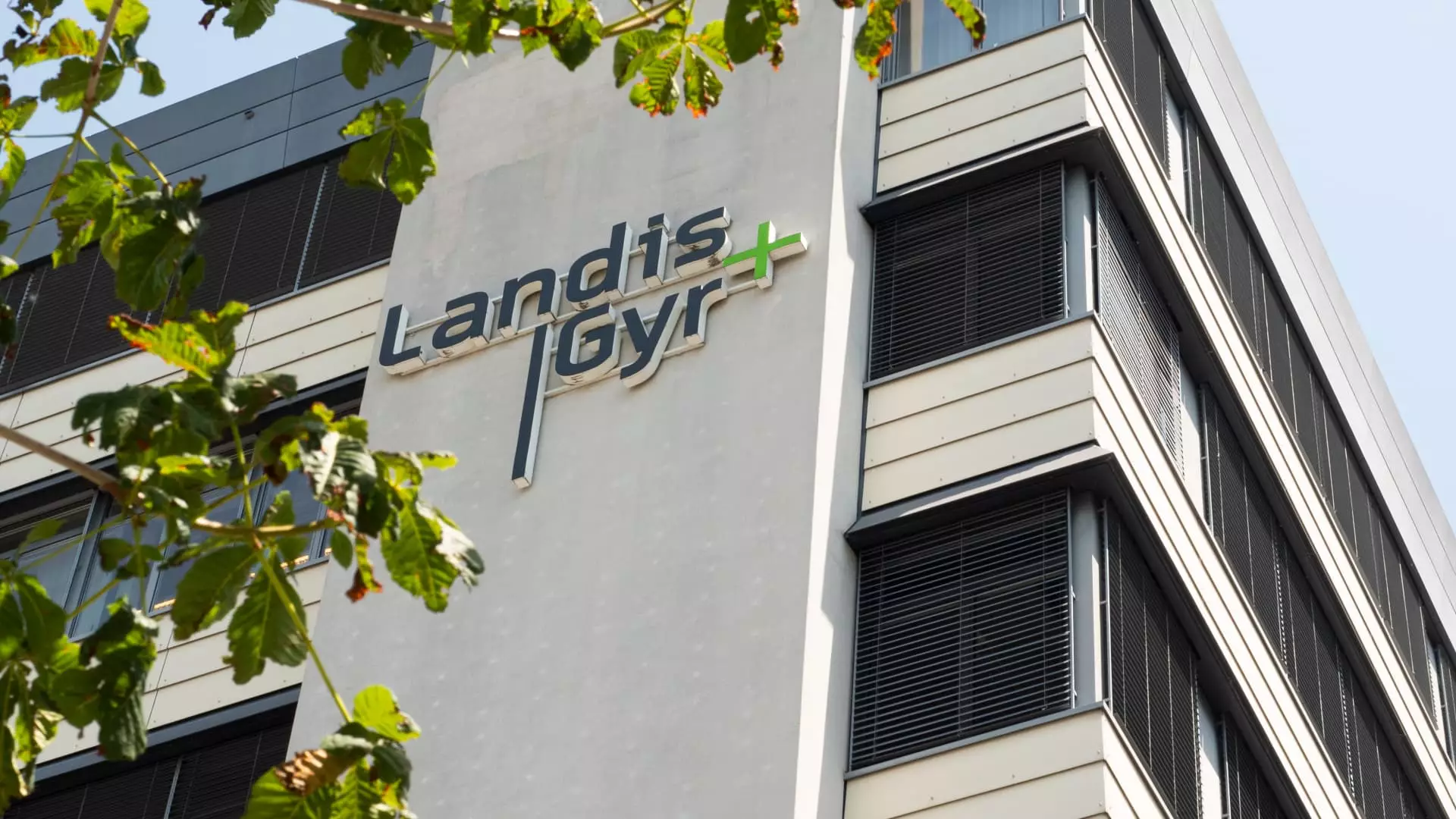Landis+Gyr Group, a storied player in the metering and energy management sector founded in 1896, is currently beset by turmoil that has led to a staggering decline of over 65% from its initial public offering price in 2017. Originating from Switzerland, this corporation initially captured attention as a leader in streamlining energy measurement solutions for utilities covering electricity, gas, heat, and water. However, as described in industry reports, this ancient giant seems to be struggling against modern currents that it’s desperately trying to navigate. This article intends to unpack the alarming trajectory of Landis+Gyr, explore its existential threats, and argue for a bold overhaul — both in leadership and business strategy — in order to reclaim its former glory.
Stock Market Doldrums: A Grave Concern
Current market valuation hovers around 1.49 billion Swiss francs, with shares worth only CHF 51.60, a sharp contrast to the CHF 78 that the stock soared to upon going public. The lack of appreciation in its share price demonstrates far more than a mere market fluctuation; it represents a fundamental loss of confidence from investors. As a center-right observer of the corporate landscape, I am immediately struck by what this suggests about Landis+Gyr’s strategic direction. The management has repeatedly slashed fiscal revenue forecasts, including a recent revelation of an 8% cut for FY24. Such revisions not only send warning signals to stakeholders but also express a broader issue of governance and strategic oversight.
Activism: A Conduit for Change?
Confounding the situation further is the arrival of Spectrum Entrepreneurial Ownership (SEO), which has taken a 5% stake and intends to serve as an active catalyst for change within the company. While the intention behind such activist investment is commendable, one must interrogate the effectiveness of such strategies in significantly underperforming organizations. The pressures brought to bear by activist investors like SEO can often galvanize beneficial reforms; however, genuine transformation requires more than merely noble intentions. It necessitates a robust mechanism for accountability, something that seems critically absent in Landis+Gyr’s current structure.
It became evident when Fabian Rauch, co-founder of SEO, was elected to the board in 2024 that transformation was imperatively needed. The existing board has operated too insularly, huddled in familiar practices that have failed to yield shareholder value. The challenges ahead are substantial, necessitating nimbleness and a clear chain of accountability. We must question whether the existing leadership is able to embrace the difficult decisions required — such as potential exits from unprofitable territories — and facilitate a radical shift in strategy.
Unpacking Business Strategy: Opportunity or Pitfall?
Moreover, while the proposed shift in focus to the Americas appears practical, it might serve as little more than a temporary band-aid on an organizational wound. Landis reported 58% of its business coming from the Americas, signaling a profitable avenue. Nevertheless, to maintain this momentum, the company must disband significantly underperforming business arms like the EMEA sector, which has seen stagnant earnings. While there’s merit to the idea of divestiture, care must be taken to ensure that the company doesn’t merely exacerbate its underlying issues but instead actively reinvests in other high-performing segments.
Concurrently, the notion of relocating the listing to a stock exchange in the United States could be perceived as a desperate maneuver to gain favor with investors who recognize the burgeoning energy market, particularly in renewable sources, over traditional metering practices. If Landis+Gyr aspires to build its credibility in the competitive realm of integrated energy management solutions, it might need to undergo a reinvention more daring than relocating its name on a stock screen.
Leadership: A Leadership Vacuum?
As if the challenges surrounding strategic direction weren’t enough, the leadership turmoil surrounding the recent dismissal of CEO Werner Lieberherr reveals a startling lack of clarity and cohesion within the company. A revolving door at the top could suggest that the company is flailing, seeking to find traction without a clear vision. The announcement that chairman Andreas Umbach would not seek re-election could pivotally affect the board’s dynamics. A leadership vacuum persists that could potentially inject further instability into an organization that desperately requires coherence and discipline in strategic execution.
What lies ahead for Landis+Gyr could serve as a cautionary tale for other legacy corporations wrestling with both established business models and the demands of an increasingly innovative and competitive landscape. The road to recovery will be arduous and necessitates bold moves and a keen will to navigate through uncertainty. The company’s ability to digest these complexities could dictate not just its survival, but its relevance in an era hungry for transformative energy solutions.

